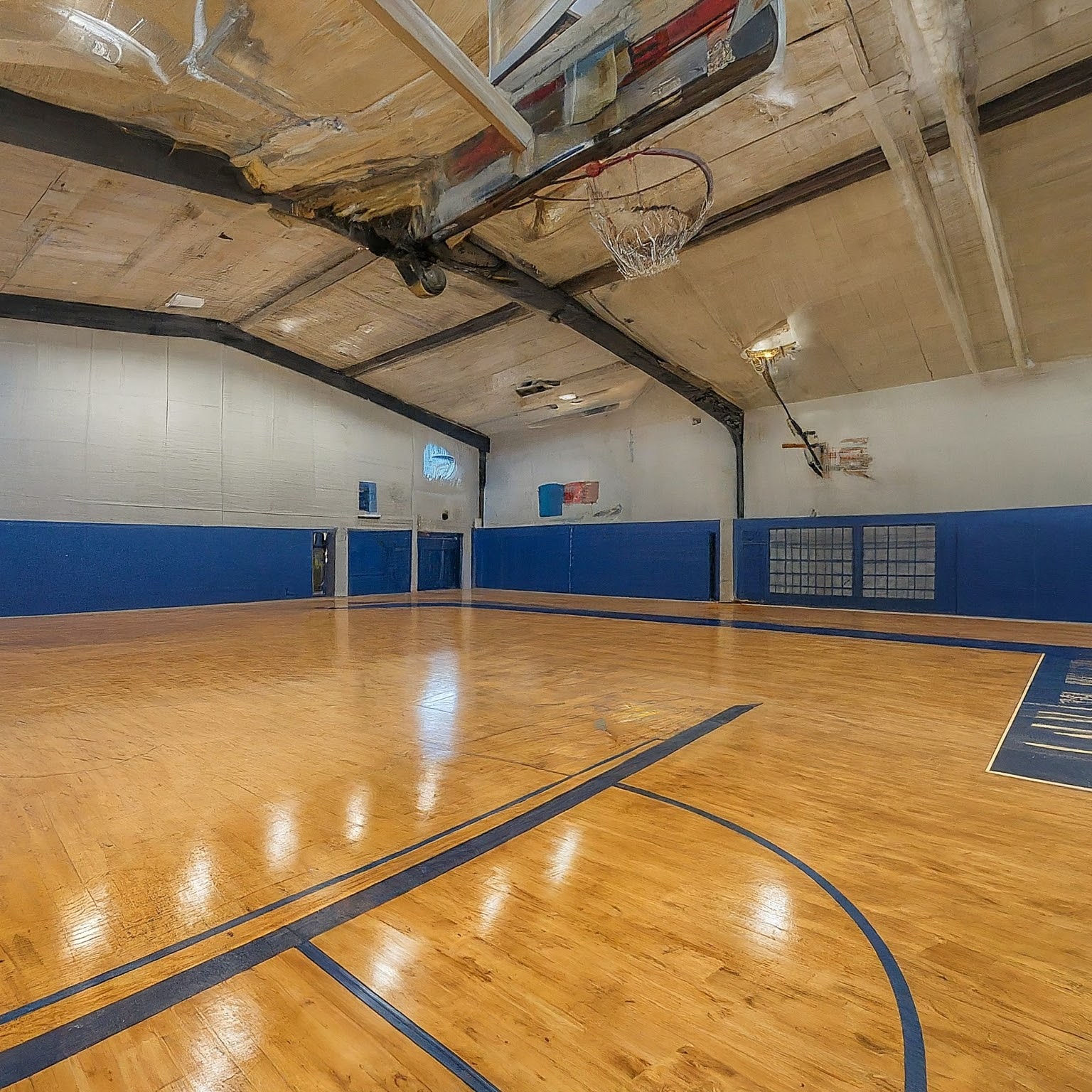Author Introduction:
As a parent and educator in the D.C. public school system for over 15 years, I’ve witnessed firsthand the incredible growth and dedication of our schools. Today, I want to delve into a pressing issue: the budgetary challenges D.C. schools face following the recent enrollment boom.
Budget Shortfalls After Enrollment Spike
The global pandemic undeniably impacted education. D.C. schools, like many others, saw a surge in enrollment during virtual learning periods. While this presented opportunities for growth, it also strained existing resources. Now, as schools return to in-person learning, they grapple with budget shortfalls that threaten vital programs and staff positions.
Understanding the Funding Gap
While federal funding is a crucial component, D.C. public schools rely heavily on local resources. The pandemic’s economic impact has led to reduced tax revenue, creating a funding gap that wasn’t anticipated with the rise in enrollment. This mismatch between student needs and available resources presents a significant challenge for the school system.

The Impact on Classrooms
The consequences of budget cuts ripple through the entire school system. Larger class sizes become a reality, stretching teachers thin and limiting their ability to provide individualized attention. Essential educational materials might become scarce, hindering the quality of instruction. Additionally, cuts to extracurricular activities and arts programs can have a detrimental impact on student development and overall well-being.
Funding Shortfall and Classroom Impact
| Area Impacted | Potential Consequences |
|---|---|
| Class Size | Increased teacher-to-student ratio, less individualized attention |
| Educational Resources | Limited access to textbooks, technology, and other learning materials |
| Extracurricular Activities | Reduced availability of sports, clubs, and arts programs |
| Mental Health Support | Potential cuts to counselors and social workers |
This table provides a snapshot of how funding shortfalls can affect various aspects of the classroom environment.
Beyond Textbooks: A Holistic Approach
Education extends far beyond textbooks and test scores. Extracurricular activities, arts programs, and mental health support play a vital role in fostering well-rounded students. Cuts to these areas can have a long-lasting impact on student development, social skills, and emotional well-being.

Community Collaboration
The challenges faced by D.C. schools require a collective effort. Partnering with local businesses and organizations can be a powerful solution. Businesses can offer sponsorships for programs or provide educational resources. Organizations with a focus on youth development can collaborate with schools to offer vital support services.
Advocacy and Action
Parents, educators, and residents have a crucial role to play in advocating for D.C. schools. Attending school board meetings, contacting local representatives, and voicing concerns are essential steps. Social media campaigns and community outreach can raise awareness about the funding challenges and inspire action.
A Brighter Future for D.C. Schools
The budgetary challenges facing D.C. schools are significant, but there is reason for optimism. Through collaboration, advocacy, and a commitment to educational excellence, the D.C. community can overcome these obstacles. By working together, we can ensure that every student has access to the resources and opportunities they deserve to succeed.










